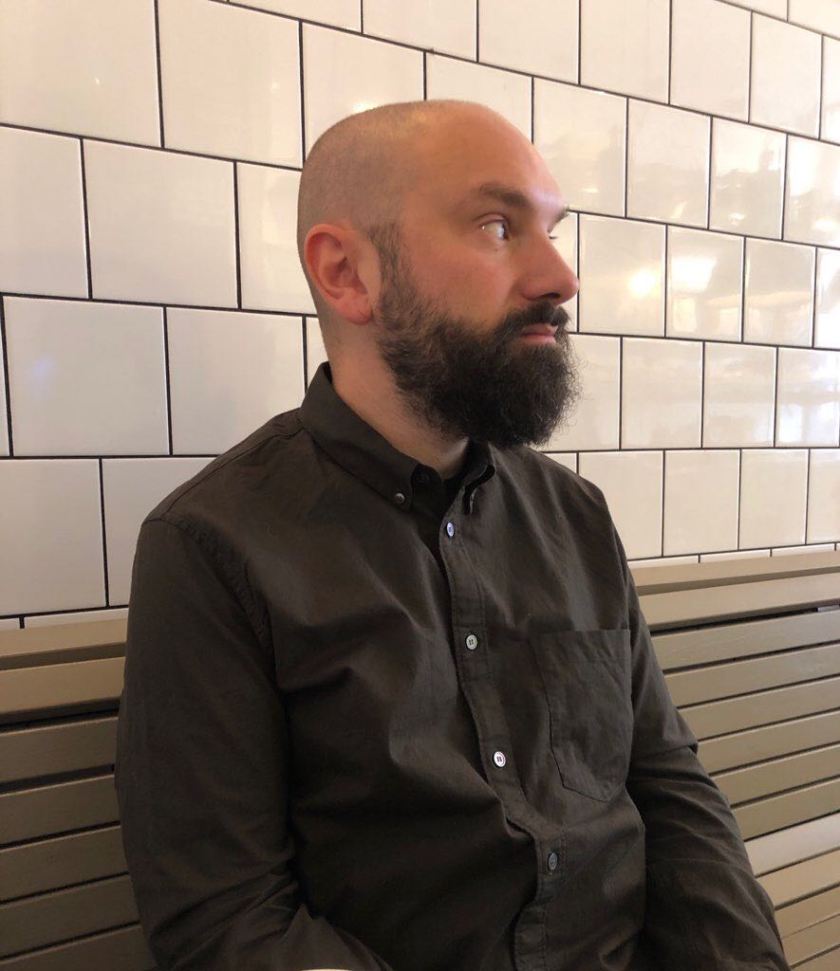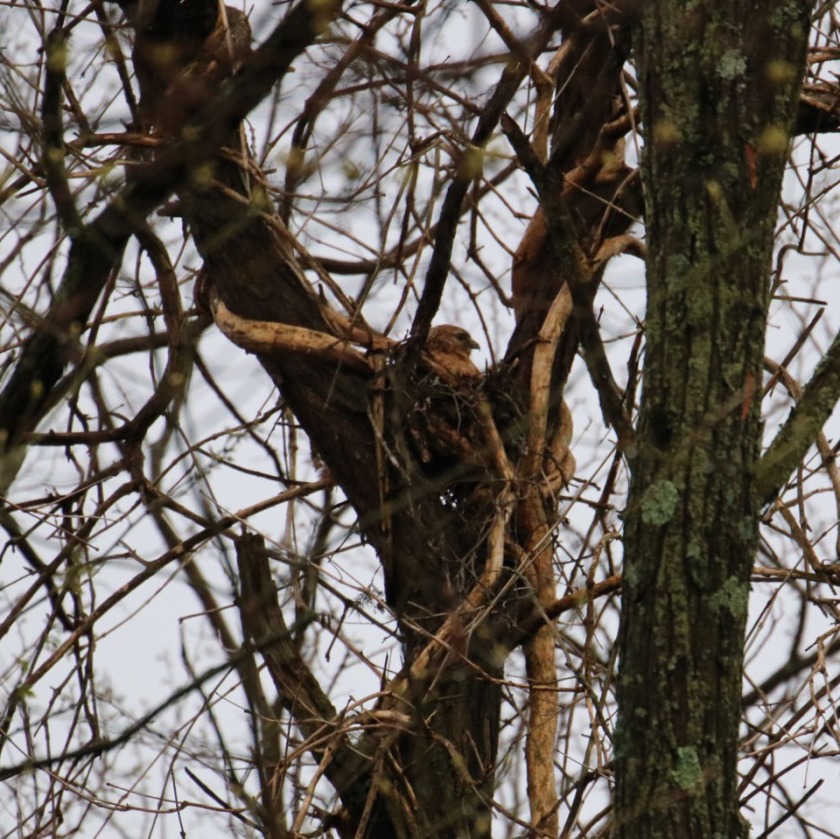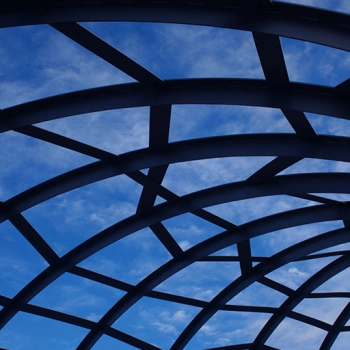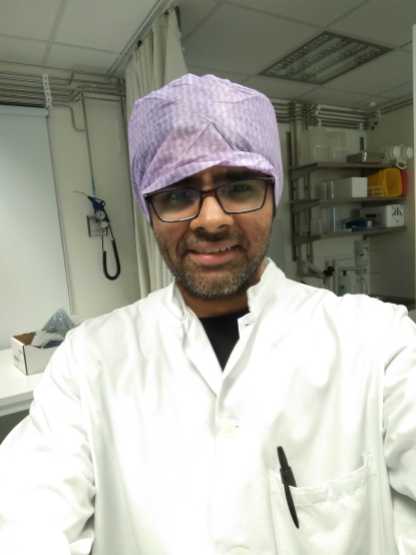
I recall mentioning the idea of a Scientific Twitter Conference to a large group of university administrators ~2 years ago, as an economical & green way to engage scientists across continents. This was a joint meeting of our US university & a university in France – we were in Paris to pave a memorandum of understanding between our 2 institutions [which happily happened in February 2019]. So what was their reaction, I hear you cry? Universal laughter, amusement & disbelief, which I took in my stride because I have a pretty thick hide. How did I feel about that? Overwhelming sadness. Not embarrassment or anger or anything like that, just plain old vanilla-flavored sadness: sadness that people could not see the potential of social media in spreading a positive message of science & exchanging knowledge & valuable information…
I had participated in the 3 previous Brain Twitter conferences, organized by the very capable folks at Aalto University [see the 2019 meeting proceedings here http://braintc.aalto.fi/2019/ ]. The very 1st year I was online as a participant & enjoyed it immensely – I learned a lot, met new scientists online, asked questions about their work. Altogether it was a wonderful experience. The 2nd year I was a ‘Keynote Tweeter’. That was an incredible lot of fun. The 3rd year I was again a participant – again I learned so much. I continually run into people at the main OHBM scientific face-to-face meeting that I got to know from Twitter & it is so delightful to meet them in real life!
So, when OHBM was looking for ways to engage its Members with online methods, I approached the good folks at Aalto University & asked them if they would like to do the conference again, but this time as part of OHBM. I am delighted that they agreed! Everyone involved in the OHBM machine also got really excited about it – lots of people offering their help in different ways including the OHBM Communications Committee [headed by Nils Muhlert @nilsmuhlert] & the OHBM Student & Postdoc SIG [Special Interest Group headed by Mengxia Gao @Mengxia_Gao]. Even the OHBM Scientific Board has been enthusiastic with Peter Bandettini as its current Chair [@fMRI_today]. So it has been a really marvelous community supported effort – with also additional co-ordination from the OHBM Executive Office. Huge shout out to Emily & JoAnn, in particular!

So, here we are a few days out from OHBMx [or @OHBMequinox] – the online neuroimaging meeting that will run for ~24 hours on Friday March 20th – on the Equinox – that magical time of the year when daytime & nighttime are equal in the world! It is also Brain Awareness Week in so many parts of the world – so it is a nice way to end that week. Check out OHBMx.org – it gives details of the meeting & highlights the Keynote Tweeters – no need for me to do it here. So we have 3 organizational hubs which progressively kick in as the Earth turns: Newcastle University in Australia, Aalto University in Helsinki & MIT in Boston. These ‘hubs’ co-ordinate the continuing scientific tweetstorm [is this a word?]. So, yes there is order in the chaos. There is a program – see it on OHBMx.org.
I want to feature the smart & engaged people who are the brains behind this enterprise on this blog. I asked them for photos & the opinion was divided between providing photos of people in pajamas [given the nature of the conference!] & providing professional photos… So I am going to use the photos where everyone looks their best!
First up is Enrico Glerean [@eglerean] – he is co-ordinating all of our efforts & making sure that no-one goes off into the ruff in organizing OHBMx overall… He is also leading the European hub!

In the European hub, as well as the OHBMx Organizational Team, we also have Onerva Korhonen [@OnervaKorhonen], Juulia Suvilehto [@JSuvilehto], Koos Zevenhoven [@@k7hoven] [nice pics below]!
… & also Baran Aydogan [@baranaydogan] & Narayan Subramaniyam [nice pics below, with Narayan looking extra scientific!].
Michele Veldsman [@micheleveldsman] from Oxford has also been helping out in addition to yours truly – so here are our [non]pajama photos – Michele’s is a lot more glamorous than mine, of course. Proud to say that Michele is also my intellectual granddaughter – via Amy Brodtmann [in the Land of Oz]! I have had an absolute blast working with all of these guys. Not only are they clever & efficient, but they are also very funny!
Then we have Michael Breakspear [@DrBreaky] & Dimitrios Pantazis [@dimitrpantazis] leading the charge of the Aussie and American hubs… We are lucky to have folks from around the world working together like this.
Their folks will come to the forefront soon enough & I will try to feature them in another post. Why? Because running one of these Twitter events is bloody hard work – it is hard to organize beforehand, & it takes a lot of dedicated people working round the clock to keep the meeting’s flow going. Let me try & explain why this is so labor intensive.
Keynote selection. If scientists are not on Twitter, then it is probably unfair to ask them to be a keynote. It is stressful to be a Keynote Tweeter – you want to do a good job & inform the audience. You must be very familiar with all the features of Twitter! So it is best to try to find seasoned users of the medium, but they need to be influencers & excellent scientists to boot! Rest assured that they are also stressing out over presenting their work via this medium – in some ways very similar to the anxiety that accompanies a real scientific meeting. Why? You cannot see your audience – it could be large, it could be small… you have no body language cues to tell you whether they are engaged or not, whether they understand etc.
Abstract submission. Information to be gathered for a Twitter conference involves asking potential tweeters [including Keynotes] when they would be available to tweet. We give Keynote Tweeters 30 minutes [& 10 tweets] & Regular Tweeters 15 minutes [& 6 tweets]. The flood of abstracts came in & we had more than we could fit in the time periods. So abstracts had to be reviewed & some had to be culled so that we could fit the rest into the program. So now we have Tweeters from many different timezones who all have to be accommodated into the program. You can see where I am going to go with this…
Scheduling the program itself. First, it is lots of work to set-up abstract submission to get additional data that are not gathered for a regular conference. Second, once the abstracts come in & are reviewed, scheduling the meeting is actually pretty difficult. I have been on OHBM Program Committee for 4 years, where we have thousands of abstracts to deal with. This has its own difficulties, but in my opinion, the Twitter conference is trickier to schedule. Why? Because everyone is in their home location & we do our best to try to fit into their lives. Family routines need to be respected etc… So this means that the program order might not flow as thematically as you might see in a regular conference. I had a couple of goes at trying different thematic orders for the Aussie & American hubs…was never entirely happy with any of them & I left it to the experts on our team to finnish it off [pun intended!] & get them into the final order, because they know best how to do that – they have already done this for 3 years previously!
Advertising the meeting – getting neuroimaging community to support the effort. This is tricky because tweeting for science is not ubiquitous. I have already implied that it is somewhat of a generational thing – a lot of older scientists scoff at the idea… I confess that I myself had to be convinced by Olaf Sporns [@spornslab] & John Foxe [@JohnnyFoxe] – they both nagged me for years. One day they both were at the same small scientific meeting that I was at, so resistance was futile. I signed up & have never looked back…
The hub: Organizing the logistics of the meeting. This is also a complicated business – the hubs need to co-ordinate their activities with each other. Each hub takes a turn at curating the tweeting – every tweeter, irrespective of whether they are a Keynote or Regular Tweeter has to be electronically contacted to see if they are ready to go in their time slot – as a first step. Then a hub member sends out an introductory tweet to announce their presentation. The tweeter then replies to the introductory tweet & to their own subsequent tweets, so that each presentation forms its own thread. So the folks in the hub need to be on top of the action for hours at a time – something that most people might not realize & appreciate… This is why we need multiple hubs – because running this type of meeting is very labor-intensive & would be impossible for a single hub to do alone. So while you are enjoying the conference, spare a thought for the folks manning the current hub – they are working really hard & there are often moments of mad panic when things don’t quite go to plan – a Keynote Tweeter might suddenly encounter a problem or someone who is due to start presenting is not online…
Accessing the Twitter conference feed. The #OHBMx hashtag links the entire conference together. One can zone in on the hashtag & then view what is going on in the conference as a continuous feed. This includes seeing what types of questions the presenter gets & who is asking them. One way I personally prefer to do this is to use the app called Tweetdeck [see https://help.twitter.com/en/using-twitter/how-to-use-tweetdeck]. Tweetdeck allows you to focus in on a particular set of activities on Twitter in a way the regular Twitter app does not. You can set it up so that you can follow only what is going on in the conference [via the hashtag]. This is pretty easy to do – the help webpages are decent. There may well be other Apps that people find useful. Tweetdeck is one I am familiar with & like – hence my plug of it here. What ever you decide to use – do practice a bit with the App you plan to use beforehand – that way you won’t miss the science because of a technical issue.
In the lead up to the OHBMx this week, if I have some time I will try to put out another blog post with a beginners guide to Twitter, so that others who have not yet joined the Twitter Science community can also come online & join us. I will try & post links that people who are new to the medium might find useful to check out.
So, in the meantime, stay well everyone! Difficult times ahead for us in the world with Corona virus on the loose. Don’t let it getcha – don’t touch your face, wash your hands a lot & practice social isolation. The idea is to ‘flatten the curve’ – let’s slow it’s spread so that people who need hospital bed can actually get one. It is not rocket science, but it is common sense that is grounded in science. We seem to have forgotten why we got rid of the bubonic plague & communicable diseases like that in this really weird period in our 21st century… If there is a silver lining on this cloud: as we socially isolate, we will at least be able to enjoy OHBMx !
In the meantime: enjoy this image of Spring – it is almost here for us in the Northern hemisphere! It is a picture of a Red Shouldered Hawk baby reposing in its nest in our yard last spring. Linda Smith took the picture below with her 400 mm lens. My 300 mm one could not hold a candle to it!












One thought on “Anatomy of a Twitter Conference”